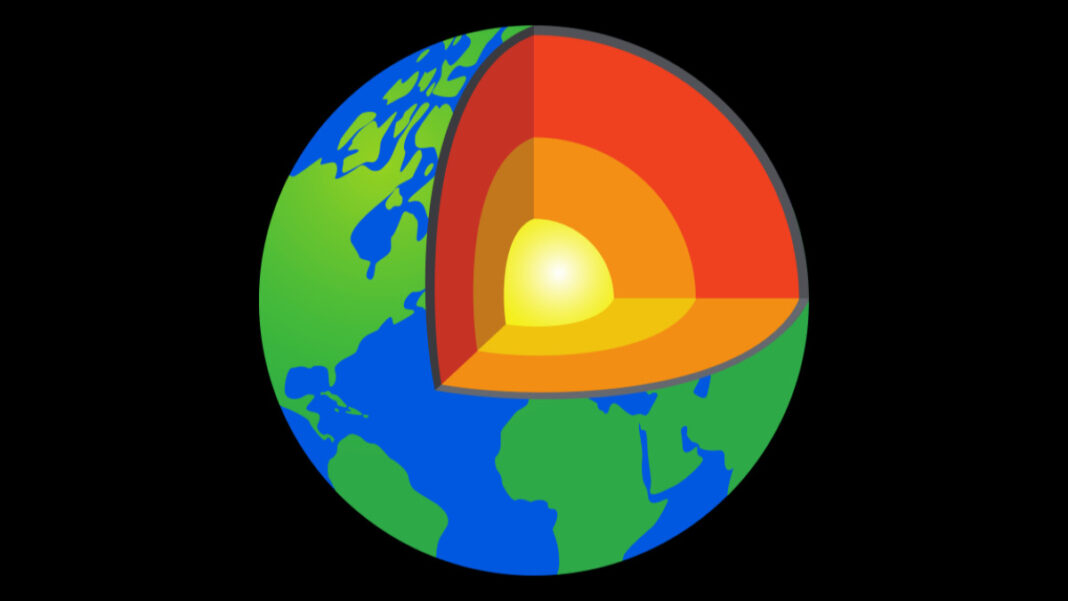AUSTRALIA: A fresh study on geology suggests that Earth may have a fifth layer. Seismic waves caused by earthquakes have disclosed new information on the lowest regions of our planet’s inner core.
The Australian National University team of scientists examined how quickly these seismic waves entered and left the inner core.
The research team thinks this has demonstrated evidence of an identifiable layer inside Earth called the deepest inner core. The researchers analyzed data from 200 earthquakes with a magnitude of 6 or higher from the previous ten years.
This layer sits in the inner core’s middle and is a solid “metallic ball”. According to the study’s findings, published in the journal Nature Communications, it is essential to comprehend planetary creation and development to probe our planet’s centre.
Almost 20 years ago, there was speculation over the possibility of an internal metallic ball in the innermost inner core. Dr. Thanh-Son Pháom from the ANU Research School of Earth Sciences remarked, “We now present another line of evidence to support the claim.”
We already know the four layers of our planet’s structure. This encompasses the outer core, inner core, mantle, and crust. The most recent research suggests a fifth layer lies beneath that. The group examined seismic waves originating from our planet’s centre and “spit out” on the other side of the planet from the epicentre.
After that, the waves return to the earthquake’s origin. The group looked at the Alaska-based earthquake. The waves reverberated somewhere in the southern Atlantic Ocean before returning to Alaska.
“We see up to fivefold echoing waves from selected earthquakes along the Earth’s diameter by stacking waveforms captured by an increasing number of global seismic stations,” the paper read. The researchers examined the anisotropy of the iron-nickel alloy that makes up the interior of our planet’s inner core.
According to the direction in which they are travelling, seismic waves either move more quickly through the inner core material of our planet or move more slowly. This phenomenon is known as anisotropy. They discovered that bouncing seismic waves repeatedly investigated locations close to our planet’s centre.
The team studied how different earthquakes’ seismic wave travel periods vary. They discovered that the crystallised structure in the innermost region of the inner core is probably distinct from the outer layer.
The team hypothesises that a huge global catastrophe may have occurred at some point in our planet’s evolutionary history and may have caused “substantial” changes in the inner core’s crystal structure.
Also Read: NASA: Parker Solar Probe’s Instrument Suffers a Crash



